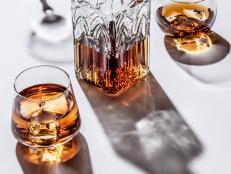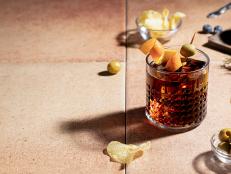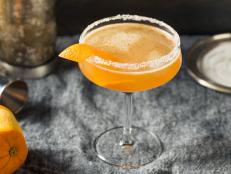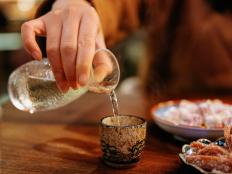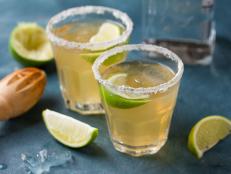What Is Absinthe?
The people want to know: will you have hallucinations if you drink absinthe?
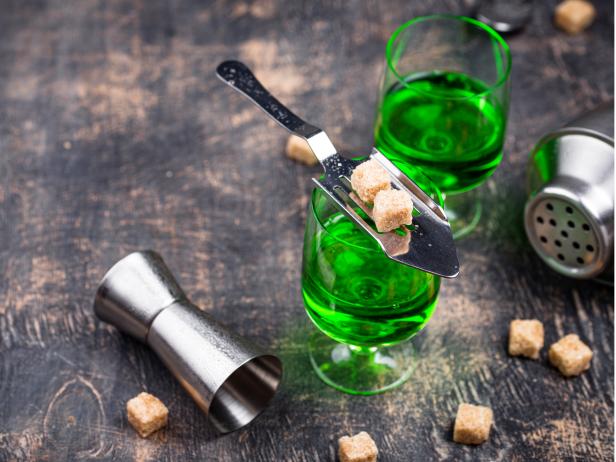
yulka3ice/Getty Images
By Fraya Berg for Food Network Kitchen
Fraya is a chef and a contributing writer at Food Network.
Absinthe is a vibrant green spirit distilled from grape alcohol and fresh herbs. It's an old-timey drink surrounded by lots of lore: at one point it was believed to cause hallucinations, including visitations from green fairies. Adding to its aura, absinthe was popular amongst many famous late 19th century creators, including Oscar Wilde, Vincent Van Gogh and Ernest Hemingway. In this article, we'll dive more into its history, including how it's made, how to drink it traditionally and how to mix it into cocktails. Because spoiler: absinthe does not cause hallucinations in today's day and age. In fact, it's used amongst mixologists and deserves a spot on your bar cart if you enjoy the flavor of licorice.
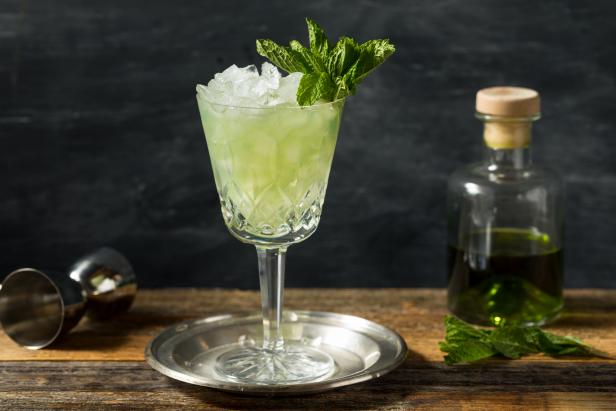
bhofack2/Getty Images
What Is Absinthe?
Commonly assumed to be a liquor, absinthe is actually a very strong spirit distilled from botanicals like anise, fennel and wormwood. After distillation, other plants and herbs are usually added, and their chlorophyll contributes a vibrant green color. Absinthe is anywhere from 45 to 85% alcohol by volume, meaning it will be labelled 90 to 170 proof.
Often referred to as the Green Fairy, absinthe hails from Switzerland, where it was invented in the early 1800s. It quickly moved into France, and became enormously popular, maybe because of its green color and the change it undergoes when water is added (it becomes milkier). Traditionally, the spirit is served with water and sugar. Ultimately, absinthe made its way to New Orleans and the sazerac cocktail was born.
Absinthe came under attack by the temperance movement in Europe because it was so popular people were abusing it. It came to be the scapegoat for everything wrong in society and was banned for many years in parts of Europe and in the U.S.
Like all alcoholic beverages, absinthe can easily be enjoyed in moderation.
What Does Absinthe Taste Like?
Absinthe is on the list of spirits that taste a bit like black licorice, thanks to the flavor extracted from herbs such as anise and fennel. The best quality absinthes have just a hint of licorice flavor.
Liquors that taste similar to absinthe and can be used in its place for cooking are pastis, Pernod, ouzo, sambuca, chinchonouzo, arak, raki and mastika.
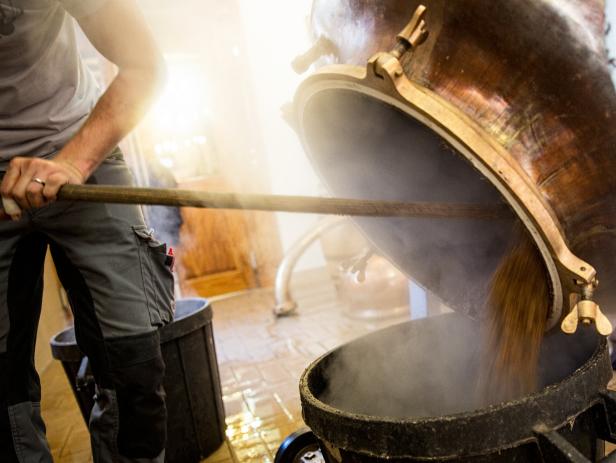
Lou Bopp/Getty Images
What Is Absinthe Made From? And How Is It Made?
True absinthe is made using all-natural ingredients, beginning with a clear distillate of alcohol derived from white grapes called eau de vie. A variety of herbs and spices are added including grande wormwood, an herb with a beautiful yellow flower, green anise, sweet fennel, peppermint, coriander, angelica and veronica. The mixture is macerated (steeped like tea) for a few days, then distilled in giant copper kettles to remove any off flavors or impurities. The resulting clear liquid has some of the flavors of absinthe, but not all. Some distillers do sell the clear spirit, but it’s not widely available. Next, the distillate is used to macerate another set of herbs, and this is where the petite wormwood, hyssop and Melissa and other herbs come in. The mixture is distilled for a second time, and the green chlorophyll from the second set of herbs remains in the distillate, which is now absinthe. There are other, cheaper ways to make absinthe, but in Switzerland they can’t be labeled absinthe.
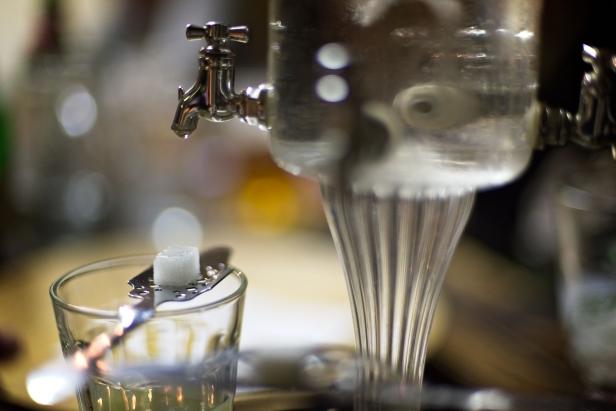
Gleti/Getty Images
How to Drink Absinthe
Often used in small amounts in cocktails, absinthe is traditionally enjoyed with plain water and sguar. When water is added to absinthe, it turns cloudy, and this visual effect is called louche in French.
The ratio of ice water to absinthe is classically between 3:1 and 5:1. The easiest way to enjoy absinthe on its own is with 1 tablespoon absinthe and 1/4 ice cup water followed by a squirt of simple syrup. With that in a glass, you’re experiencing the drink that most artists and writers who lived in France were imbibing in the late 1800s and early 1900s.
The traditional, overly ornate way to drink absinthe is with absinthe paraphernalia. That means a special glass with marks for the levels of absinthe and water, an intricately perforated sugar cube holder that’s called a spoon but often resembles a butterknife and a water dispenser called a fountain. The absinthe is in the glass, the sugar cube is on the spoon on the glass and the fountain slowly drips ice cold water over the sugar cube into the glass until the sugar dissolves. Then you add more water to reach the waterline mark on the fancy glass. In some cases, the sugar cube will have a few drops of 90 proof alcohol on it, and it is flamed. Throughout history, this was a popular magicians' trick called "the diversion," which would distract drinkers from the fact that the absinthe was not of the best quality.
What Are the Effects of Absinthe?
The effects of drinking lots of absinthe are no different from the effects of over-imbibing any other spirit: drunkenness. That’s it. If you see green fairies, they’re a product of intoxication, not a hallucination. The stories of absinthe being hallucinogenic are false, although hundreds of years ago there were experiences related to cheap absinthe that had additives. Cheap absinthe did not turn cloudy when water was added, so to make it cloudy, manufacturers added copper sulfate and antimony trichloride, which can cause copper toxicity and antimony poisoning, resulting in hallucinations. Thujone is a naturally occurring compound in absinthe that can, in massive amounts maybe cause hallucinations, but you’d probably die from alcohol poisoning before you drank enough to have visions. Thujone is also in sage, and we’ve never heard of anyone hallucinating from too much turkey stuffing.
Is Absinthe Illegal?
Absinthe is not illegal. It was banned because it became so popular, and basically cut into the sales of other spirits at bars. The other spirit producers got together and lobbied against it. Then, prohibition reared its head, and all alcohol was banned. After the repeal of prohibition, people still believed the stories of absinthe causing hallucinations, and the ban on it held. Reputable scientists with state-of-the-art chromatography equipment have tested absinthe and found no hallucinogenic compounds other than thujone. It was legalized in Europe in the 1970s and the U.S. in 2007 with a controlled amount of thujone.
Absinthe Cocktail Recipes
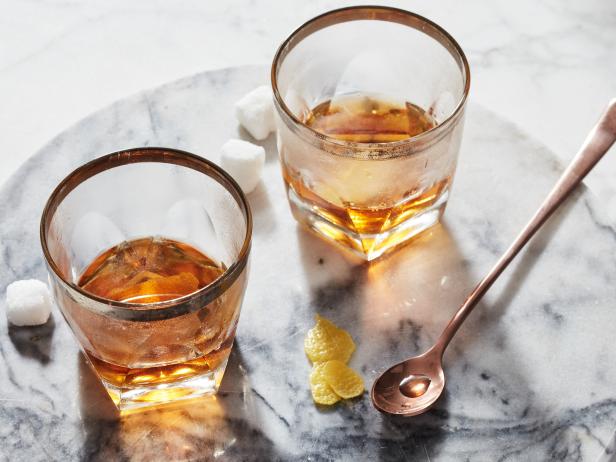
KATE MATHIS
A blend of old world absinthe and new world rye whiskey, a Sazerac is THE New Orleans cocktail, the one everyone must try on a trip to The Big Easy.
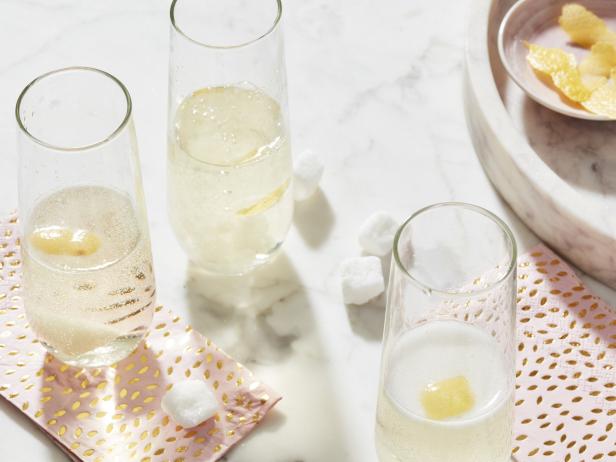
KATE MATHIS
Rumor has it that Hemmingway said drinking three or four of these absinthe-champagne cocktails really could cause death. We think he was kidding.
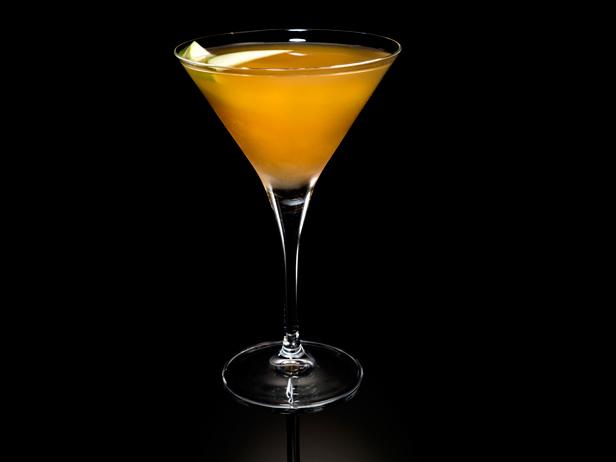
Charles Masters
The absinthe in this cocktail recipe is just enough to film the inside of the glass and add some flavor.
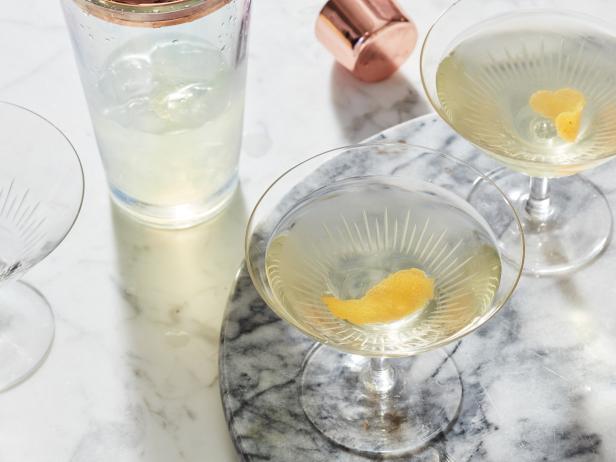
KATE MATHIS
Not sure this will actually revive a corpse, but it is a darn good cocktail.
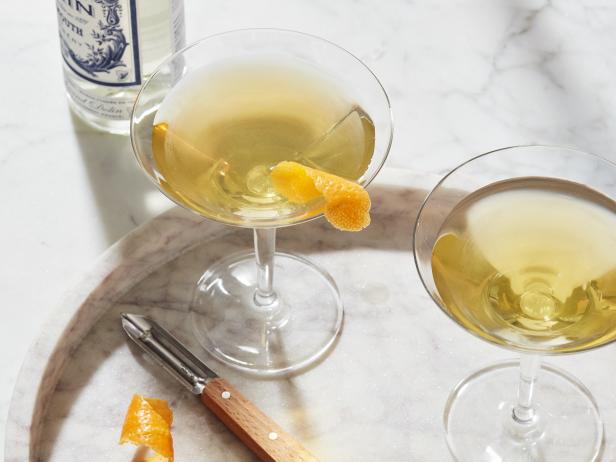
KATE MATHIS
There are no chrysanthemum petals in this cocktail, but there are two highly herbaceous ingredients: Benedictine and absinthe.
Related Links:

























